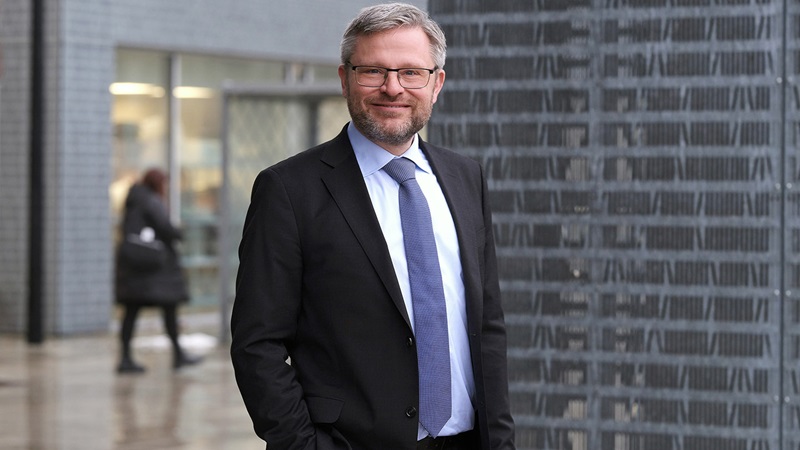
There is much to feel good about when evaluating the economy right now. Unemployment remains very low across Europe and the US. Inflation has declined sharply and many people are again experiencing real income growth.
Many businesses are reporting higher incomes and a brightening outlook in the service sector.
The situation is about as good as could be hoped for, following the sharp decline in spending power and the sharp increase in interest rates that has taken place over the last year and a half.
However, it is too soon to celebrate. We do not have a soft landing because the economy has not landed yet, points out Las Olsen, chief economist at Danske Bank and Editor in Chief of Nordic Outlook.
Denmark: a mild slowdown
Looking at Denmark’s economy it has surprised to the upside in that GDP and employment have performed better than expected while inflation has fallen.
However, Danish GDP has been borne higher on the shoulders of the pharmaceutical industry – without that, we would likely have seen GDP decline in both Q4 last year and Q1 this year.
In addition, we still need to see that the economy has truly landed after overheating.
“Inflation is falling like a stone, but underlying price pressures remain quite high. We still need to see the broad-based decline in inflation that will confirm the economy has truly landed after overheating. Until that happens, we continue to perceive a significant risk of a genuine crisis,” says Las Olsen, who emphasises that we have not experienced the full impact of the monetary policy tightening seen in 2022 and 2023.
Despite great uncertainty and the risk of a crisis, the main scenario for the Danish economy is for a rather mild weak spell in the coming quarters. This will produce a modest decline in the number of people in work and a slight increase in unemployment.




.png?h=70&iar=0&w=70&rev=c7972b934bdc4f53bd1d322e4bc5984c&hash=06CE2A1C9366967C0E72E2133E5B2305)